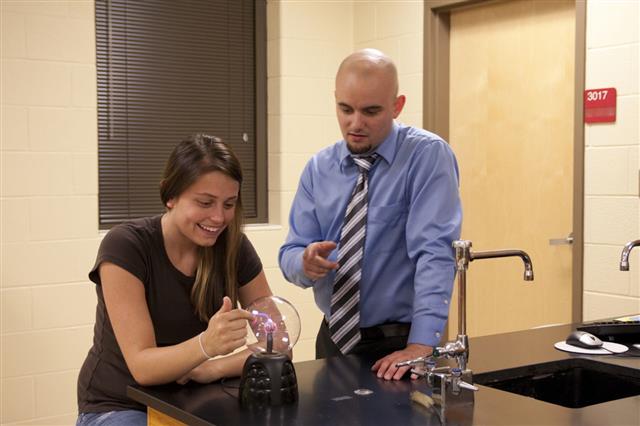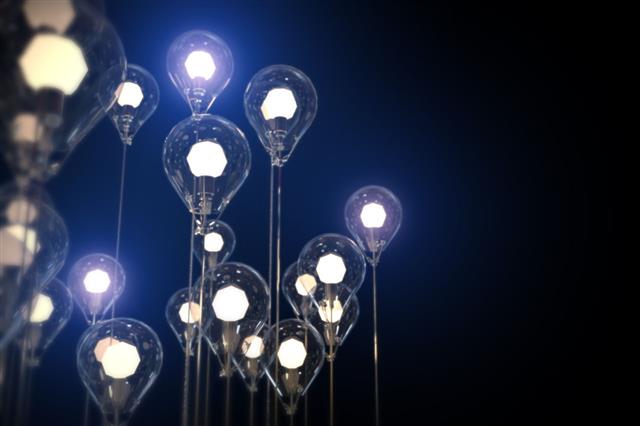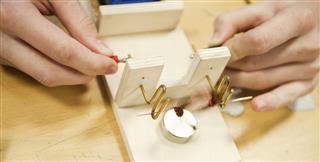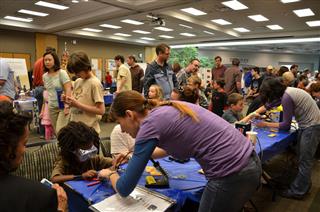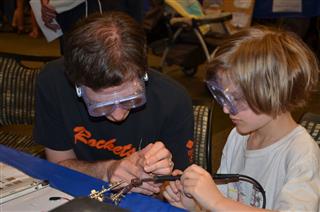
Citrus fruits are acidic, and whenever any metal comes in direct contact with acid, the atoms of the metal give up electrons. The aqueous environment of the fruit, to a certain extent, mimics the conducting chemical of the battery, and the electrons start flowing through the circuit.
When life gives you lemons, generate free electricity out of it. ~ Anonymous
Electricity has become an essential part of our daily lives. We become restless, if we are forced to live without it even for an hour. This fact brings us to the point, where we are forced to think of alternative sources for generating electricity.
Well… the alternative source is right there in your kitchen… lemons or any other citrus fruit. Any type of citrus fruit, be it lemon, orange or sweet lime, will generate electricity when they are properly connected in a completed electrical circuit. In a fruit circuit, the fruit acts as a battery. The citric acid and water in the fruit act as an electrolyte, thus enabling the flow of electricity through the circuit. In a normal battery, be it of any size, two metals are used to generate electrons, and a conductive chemical eases the flow of these electrons through the circuit. When the fruit acts as a battery, the acid and water contained in it act as the conductive chemical.
Citrus Fruits Conduct Electricity
Citrus fruits and many other fruits and vegetables, like apples and potatoes are good conductors of electricity. You can even use fruit juices and vinegar as a viable conductor for electricity. Many small household items can be powered using citrus fruits. Hand-held pen bulbs, LED’s that use less electricity than the usual light bulbs, and even calculators can be powered using citrus fruits.
Citrus Fruits Complete the Circuit
┗ Acids when dissolved in water are good conductors of electricity and, when connected to a circuit, become electrolytes. If the same acid was used in an anhydrous form (dry/powder/crystalline form), it wouldn’t have conducted any electricity. Therefore it can be concluded that water is the ‘conductor’ and acid is the ‘producer’ of electrons.
┗ When copper comes in contact with air, it forms a black-colored copper oxide film on its surface. When you pierce the copper nail in the lemon, the hydrogen atoms from the acid start reacting with the oxygen in the oxide to form water. This leaves the positively charged copper ions, Cu2+ free.
┗ Zinc metal’s rate of reaction with acid is higher than that of copper. It dissolves in the acid to form Zn2+ ions and 2 free electrons. These 2 electrons rush towards the positively charged copper ions and neutralizes them.
┗ This whole process releases energy. For every 1 coulomb of charge moved, 1 Joule of energy is released. Therefore it can be said that the battery produces 1 Volt of current.
┗ A limitation to the flow of charge is the design of the interior of the fruit, it hinders the movement of ions. Another limitation is that after a certain extent, as zinc keeps on giving out electrons, it develops more positive charge and copper keeps on accepting electrons and become negatively charged.
┗ This reduces the difference in voltage between the two and the output of current reduces. But if you wait for a while, the ions redistribute themselves again and the voltage starts increasing.
┗ It should not be misunderstood that citrus fruits create electricity, they do not. They just conduct electricity by helping in completing the circuit.
┗ One or two fruits in a circuit, will generate a very weak current. But if you join a few of them in a series, in the circuit, you will be able to produce enough electricity that can light up a bulb. This kind of setup will be like a multi-cell battery.
Creating a Citrus Fruit Battery
It’s easy, safe and a lot of fun. Parental supervision is advised while working with metal nails.
Ingredients for the Battery
✓ Citrus Fruit: 1
✓ Copper nail or screw: 1
✓ Zinc nail or screw: 1
✓ Holiday light bulb:1 (It should have enough wire to connect it to the nails)
Procedure
✓ Take the fruit and roll it a little bit on the table to make it juicy from inside. The outer skin should not be broken.
✓ Now, insert the copper nail and zinc nail in the same fruit, but ensure that they are at least 2-3 cm apart. They should not touch each other, also they should not puncture across the fruit.
✓ About an inch of insulation around the wires should be removed so that they can be wrapped around the nails. You can use tape or alligator clips to secure the wire in place. As soon as you wrap the wire around the second nail, the bulb will light up!
Tips for Some Extra Fun and Knowledge
✓ You can use a multimeter, to measure the current flowing through the circuit. In this experiment, you can measure how the magnitude of the current changes when you use different number of fruits.
✓ You can vary the length of the wire and measure the magnitude of the current again.
✓ You can change the fruits, and keep measuring the variations in the magnitude of the current.
Go ahead and be the champ of your science class, by demonstrating the above mentioned experiment and also explaining the reason behind why citrus fruits conduct electricity.
